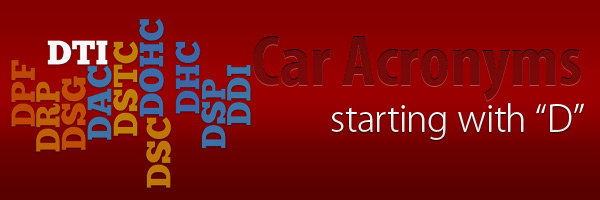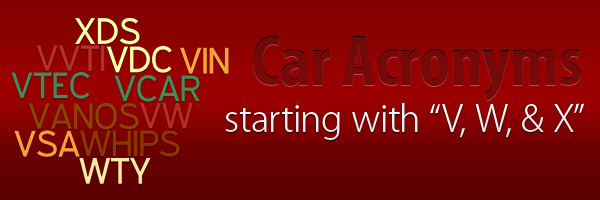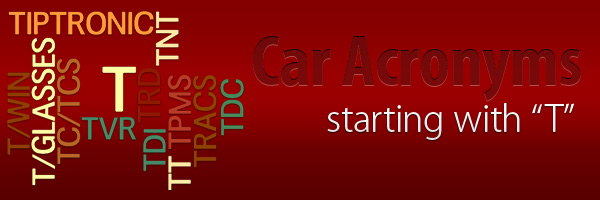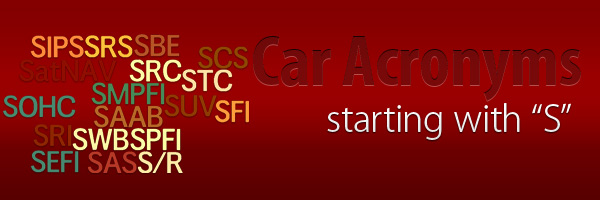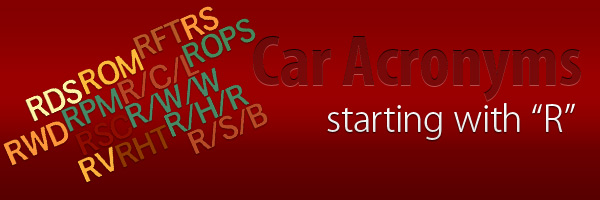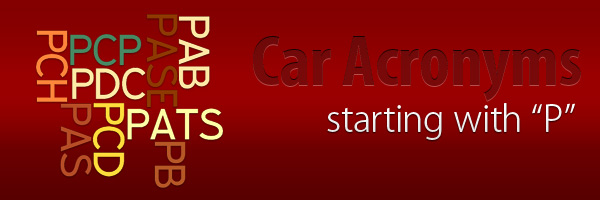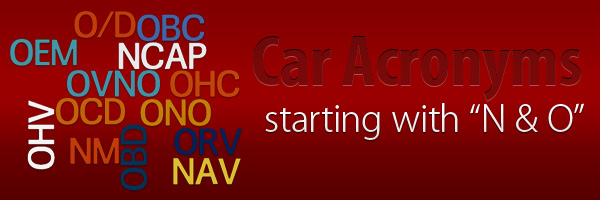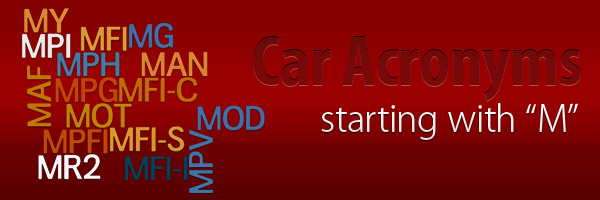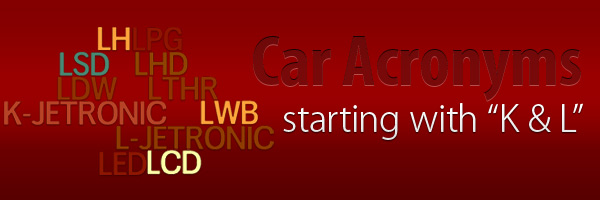DAC – Driver Alert Control
This term refers to a control system in a motor vehicle that supervises the progress of the vehicle on the road and determines whether it is being driven in a contained, agreeable way. Through the work of sensors and a camera, the Driver Alert Control monitors the movements of the vehicle to determine whether the driver is unbalanced or fatigued. If the control system ascertains that there is a high risk driving situation, the driver will be alerted by both a sound and a visual alert on the vehicle’s information displays.
DDI – Direct diesel injection
Direct diesel injection refers to a technology of fuel-delivery that permits gasoline engines to use fuel with more with efficiency. By allowing fuel to burn better, this system not only produces more power, but it facilitates more Eco-friendly emissions to better the fuel economy. This system is used in diesel engines and shoots a periodic, controlled amount of fuel into a cylinder to evenly parcel out the fuel throughout the air inside.
DHC – Drop Head Coupe
A drop head coupe is a type of convertible automobile in which the roof has the ability to be retracted and folded back to convert it from a closed in vehicle to an open air vehicle. The distinctive feature of this type of coupe is that it has a folding roof with a soft top and a sloped rear; a drop head coupe has two doors and can seat four passengers.
DOHC – Double overhead camshaft
This term refers to an engine that utilizes two overhead camshafts and valve train configurations, as opposed to one single overhead camshaft, to drive a motor vehicle in a more direct fashion. This layout has two camshafts that are located in the cylinder head with one manipulating the the intake valves and the other one manning the exhaust valves. The main function of a double overhead camshaft is to permit for more widespread airflow when the engine hits higher speeds.
DRP – Dynamic rear proportioning
This term refers to a system that is incorporated into a preexisting anti-lock braking system to operate as rear brake pressure proportioning where the ABS does not have to be used. The system functions in this way: it gauges the vehicle and wheel deceleration, along with the speed of the vehicle and rear wheel slip to control the force of the rear brake. This may be a beneficial asset to a motorized vehicle because it can either increase or decrease the pressure of the rear brake to reach and sustain optimal braking balance.
DSC – Dynamic stability control
This term is alternately referred to as electronic stability control or electronic stability program, and it is a computerized technology in a motor vehicle. Dynamic stability control helps to make a vehicle’s stability much safer and more consistent by determining when steering control is lost and correcting the stability of the vehicle. When this system detects steering control loss, it will activate the brakes to aid in steering the vehicle toward the driver’s desired destination; however. DSC does not increase the cornering execution of a vehicle, it does reduce control loss.
DSG – Direct shift gearbox
This term refers to a gearbox that is made up of two gearboxes with a dual clutch that are controlled electronically. The primary function of the direct shift gearbox is to facilitate a more enjoyable ride by increasing agility and providing the comfort of an automatic without losing the low intake levels of a manual gearbox; it may be fully a automatic control or it may be semi-manual.
DSP – Dynamic shift programme
This term refers to part of Tiptronic and automatic emissions and it serves to lower the workload of the driver when in heavy traffic. It functions by the transmission acknowledging the driving particulars to adapt the strategy of shifting to accommodate the driving conditions. Another advantage of a dynamic shift programme is that is is exceedingly easy to maintain, and therefore, no transmission oil changes are needed.
DSTC – Dynamic stability with traction control
This is important for preventing wheel skid when driving a motorized vehicle and it enables safer driving conditions. Dynamic stability with traction control applies the brakes in the instance of possible slippage to ensure optimal traction abilities. Where the dynamic stability control prevents steering control loss by correcting vehicle stability, the traction control system directs torque to the drive wheels to keep the wheels from spinning when road conditions are questionable.
DPF – Diesel Particulate Filter
This term refers to a device that is fashioned to remove soot or diesel particulate matter from the exhaust of a diesel engine. There are two ways a diesle particulate filter can work: by removing ash that has accumulated and is completely full; or by removing accumulated soot through the use of a catalyst or by the use of a fuel burner that filters the particulate. Filter regeneration is achieved with the use of a diesel particulate filter.
DTI – Diesel direct-injection (Opel/ Vauxhall)
This type of fuel injector was designed and manufactured by the Volkswagen Group sprays uses direct injection to shoot the fuel directly into each cylinder’s main combustion chamber. Diesel direct-injection engines perform at higher pressures of injection, so they do not need a pre-combustion chamber to make sure fuel is adequately diffused into the air. This type of injection is generally more effective and efficient than indirect injection diesel because it does not use a pre-combustion chamber.

